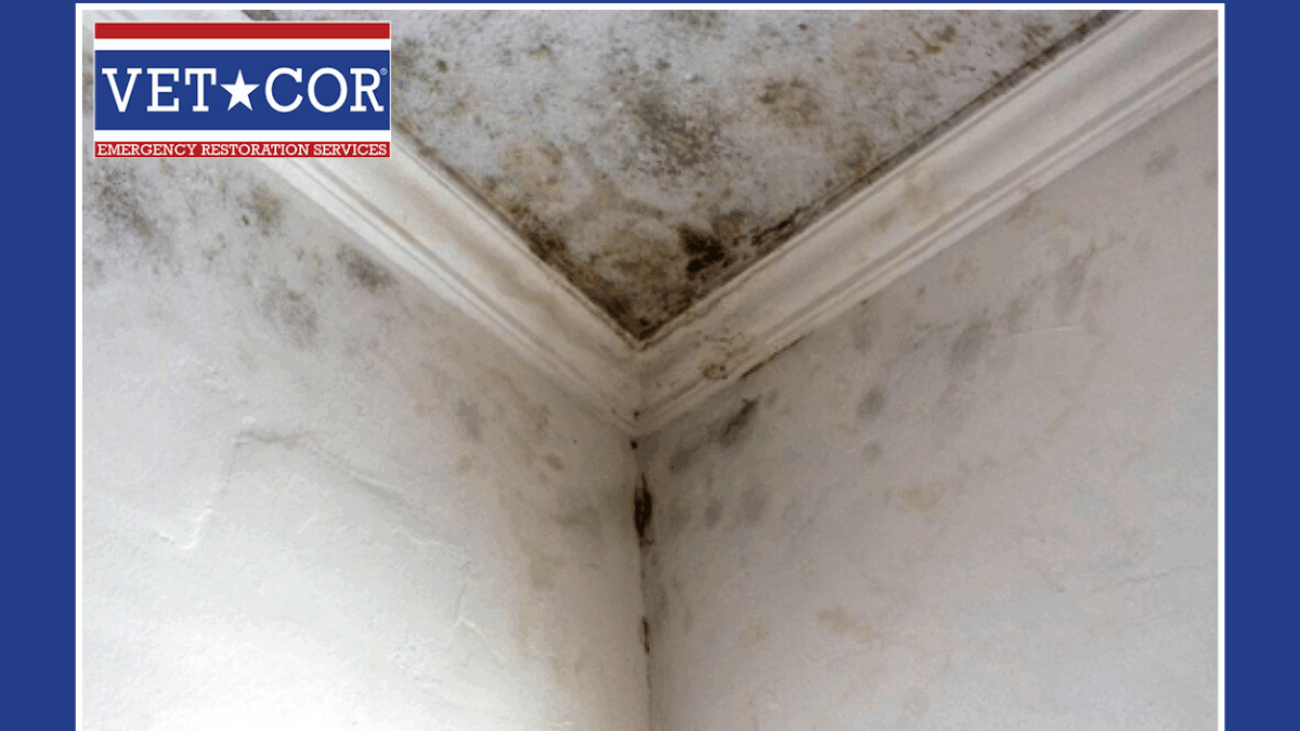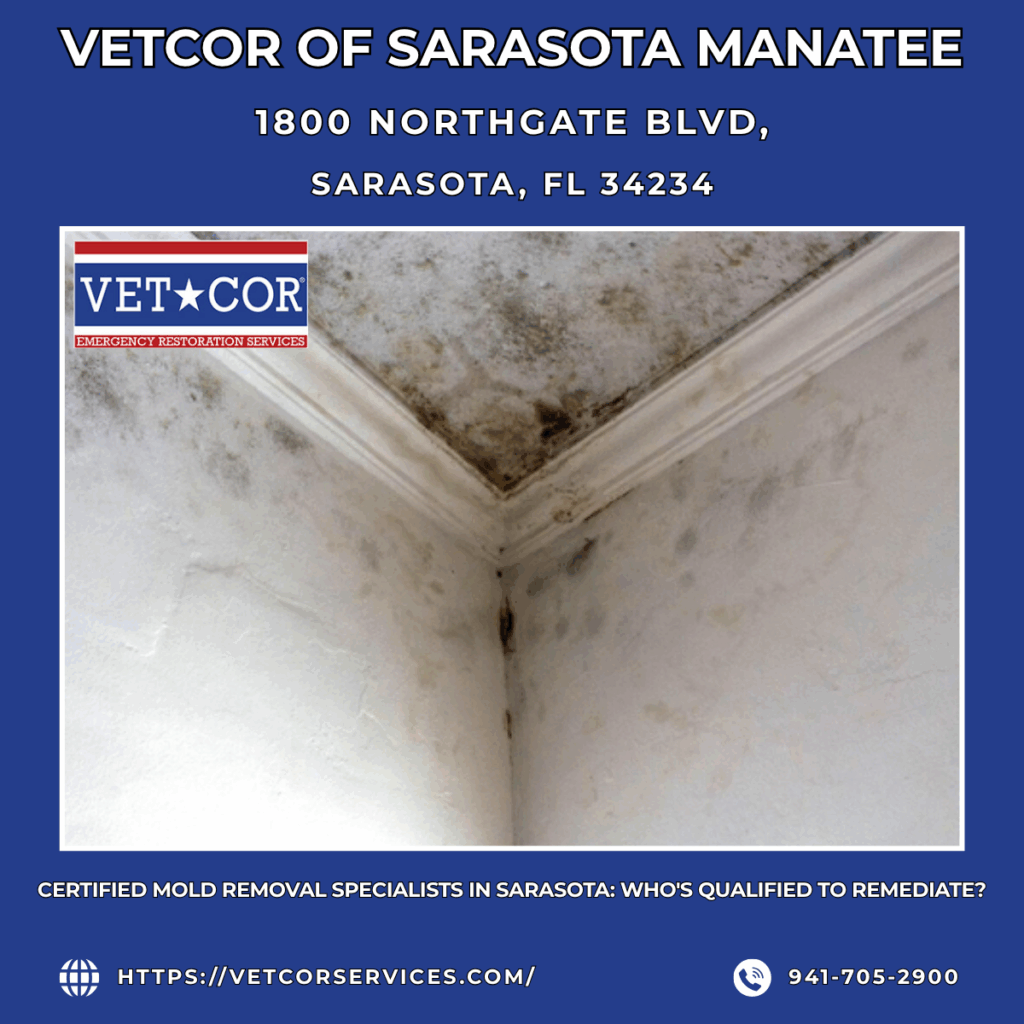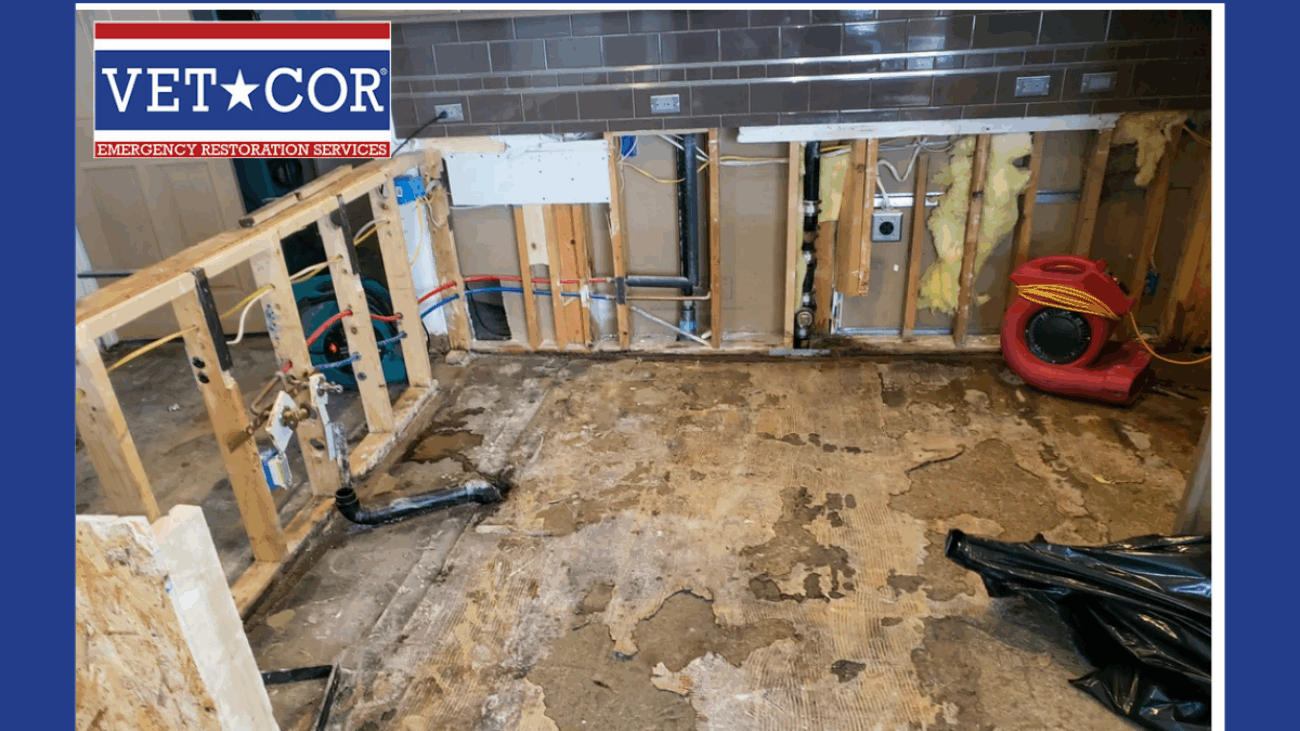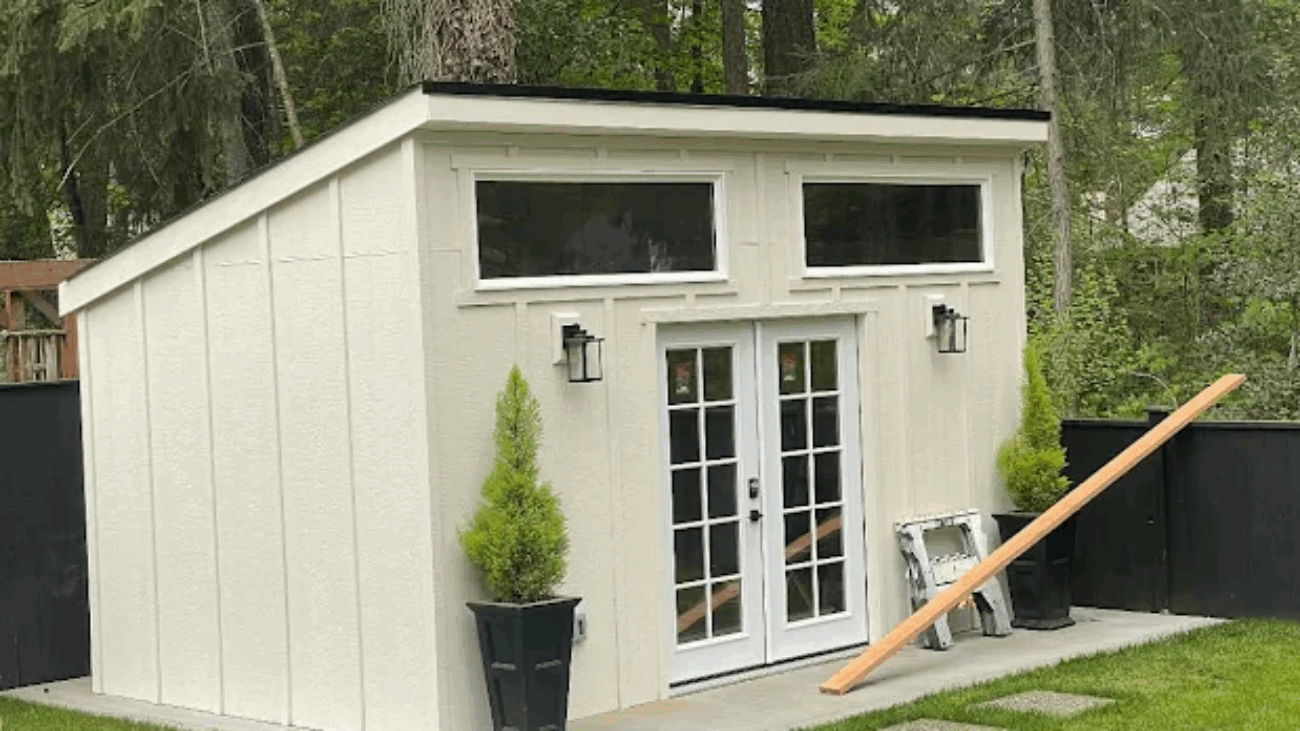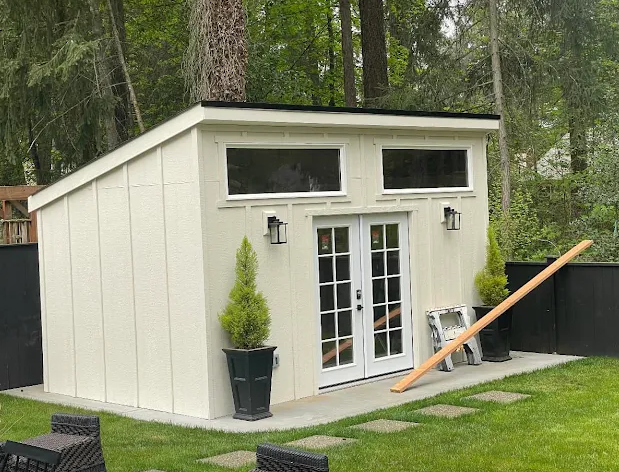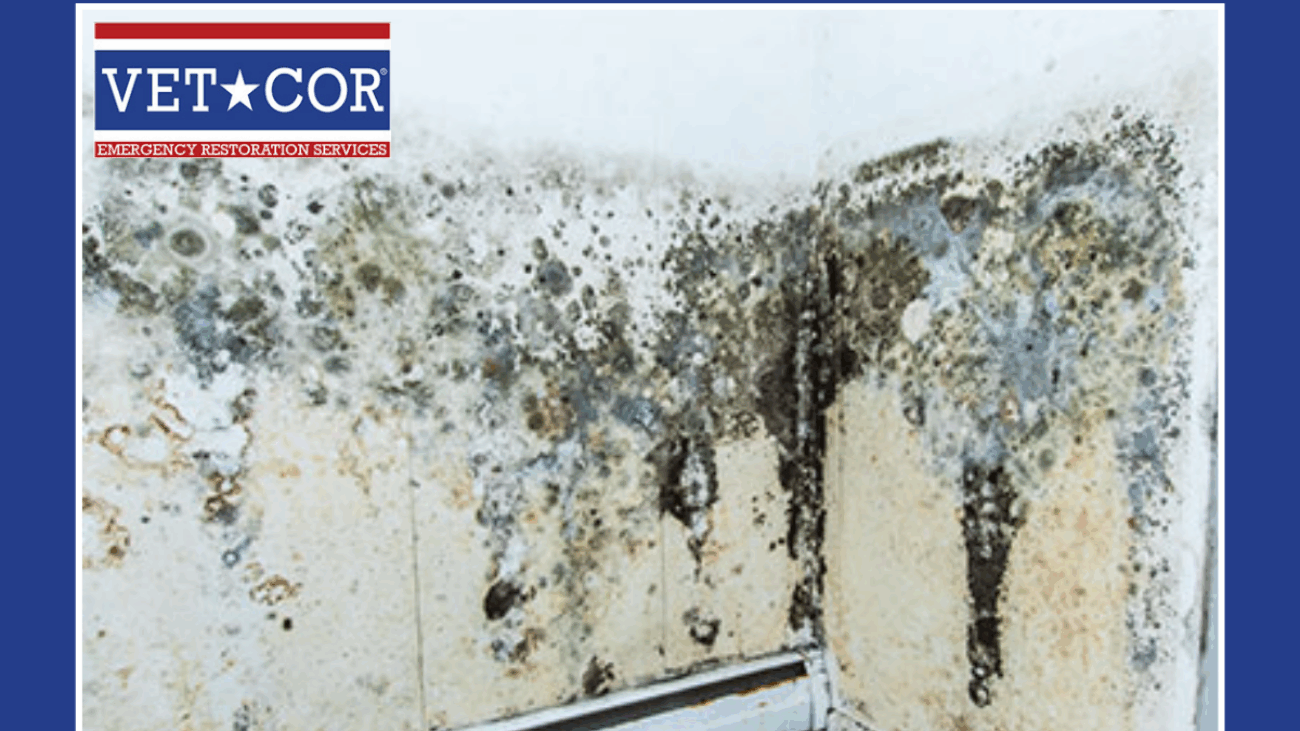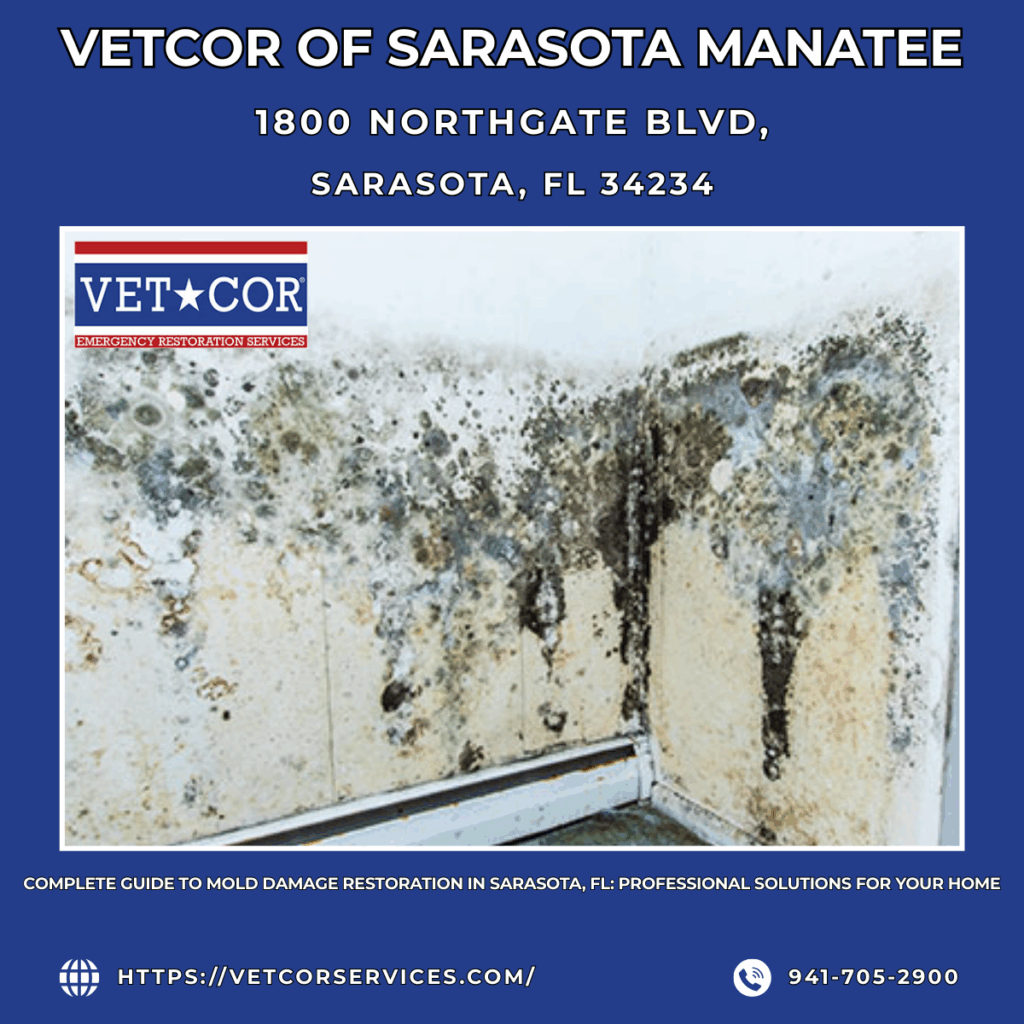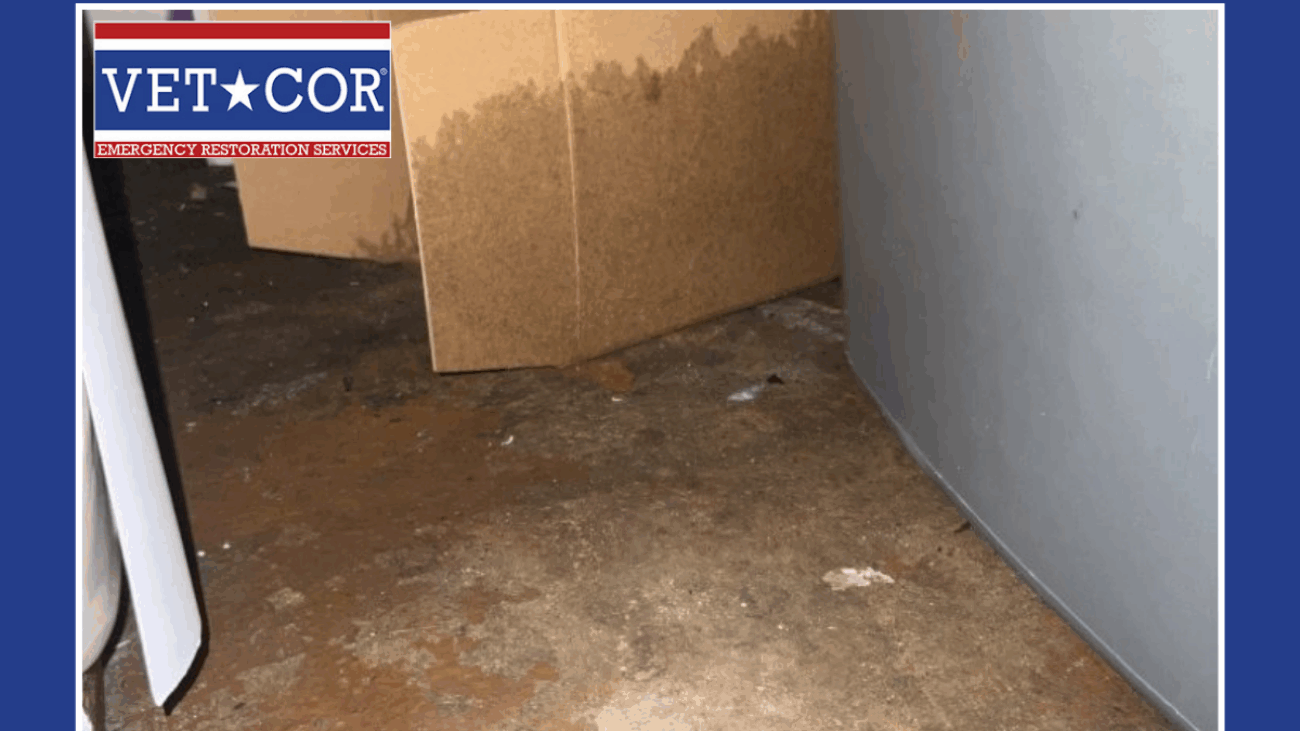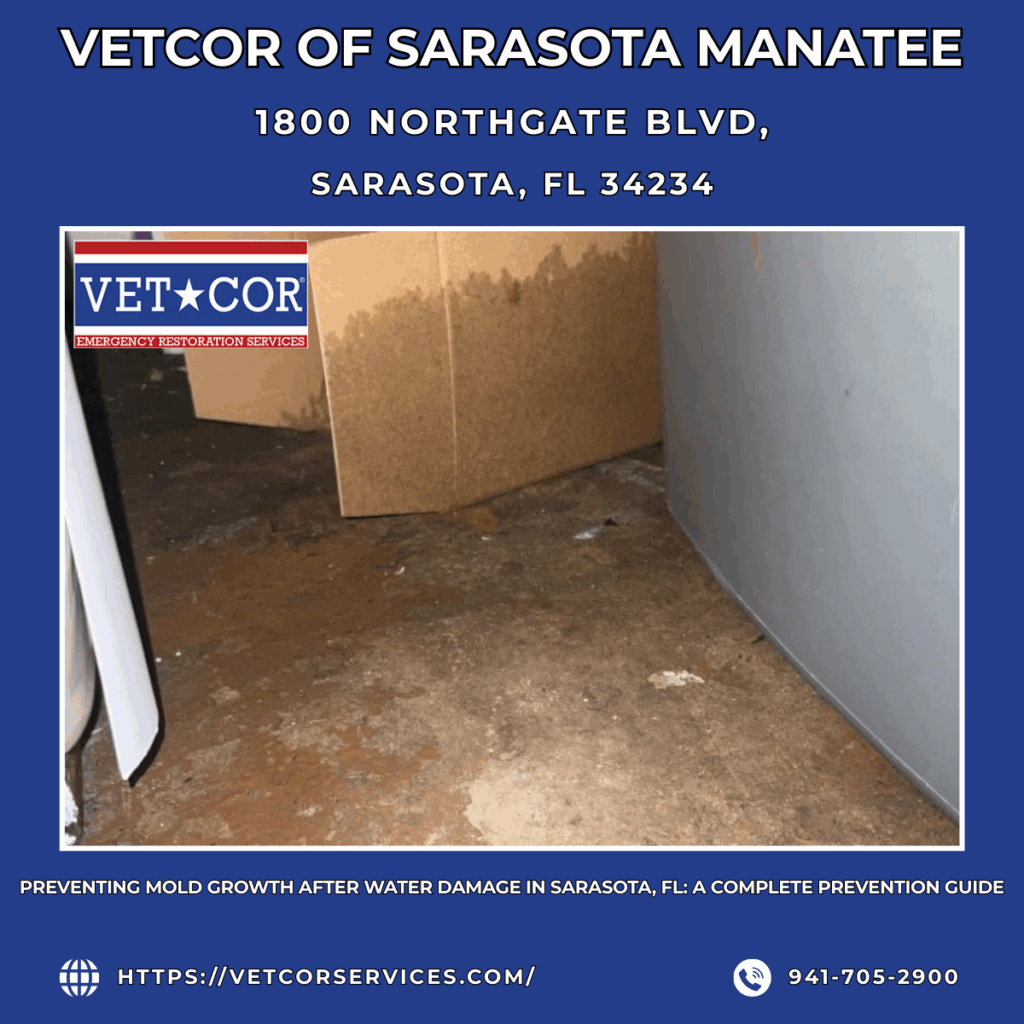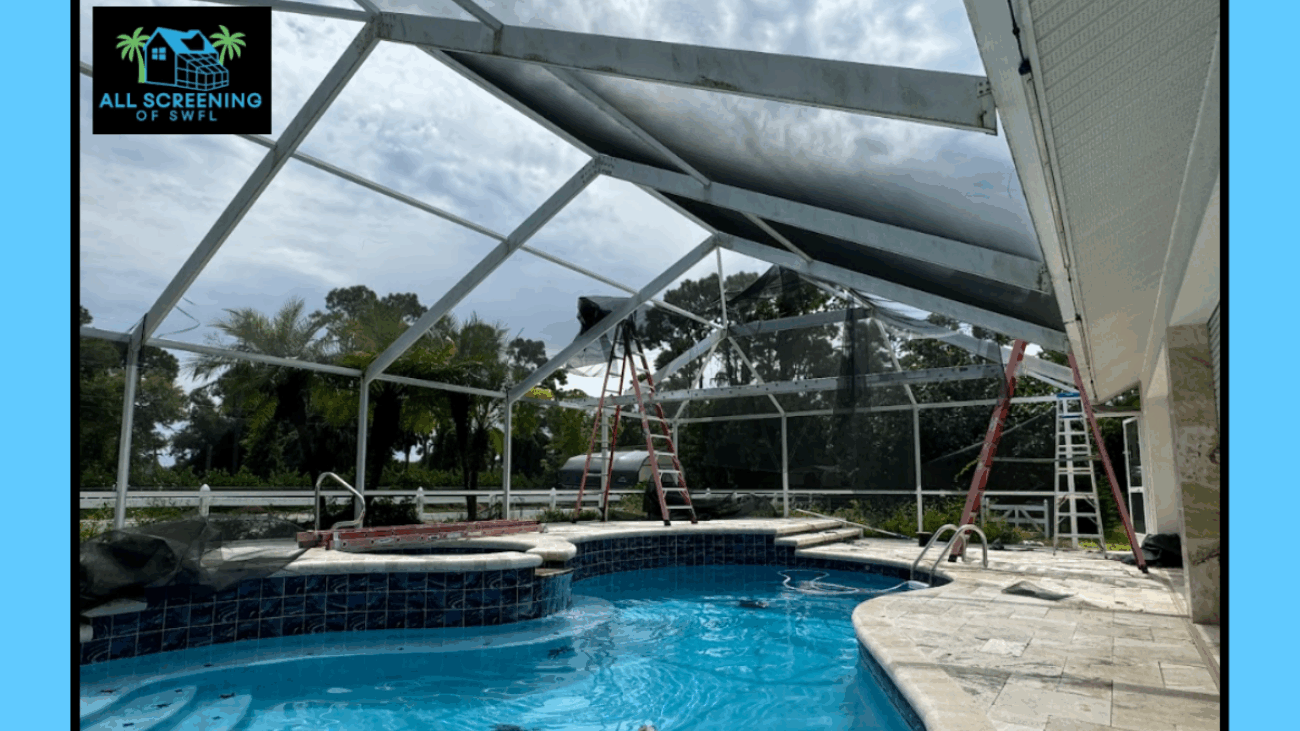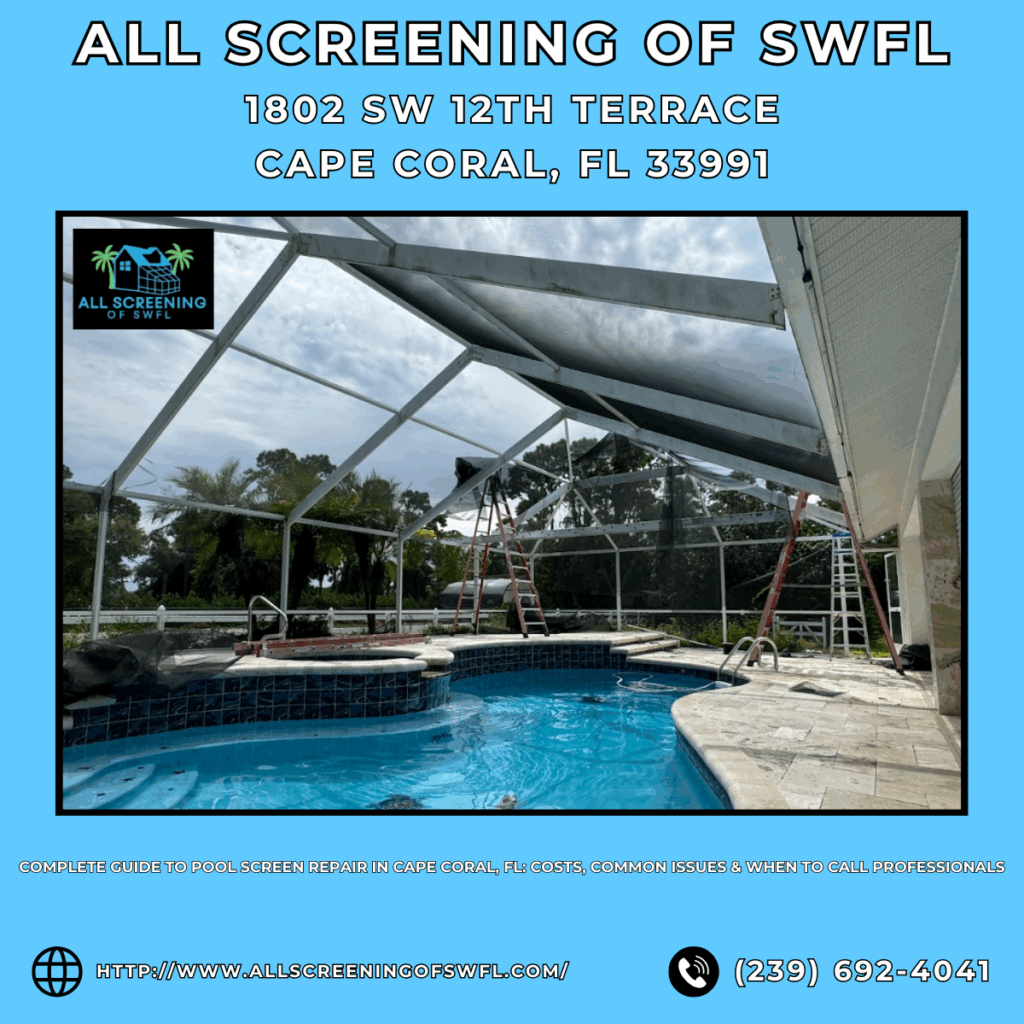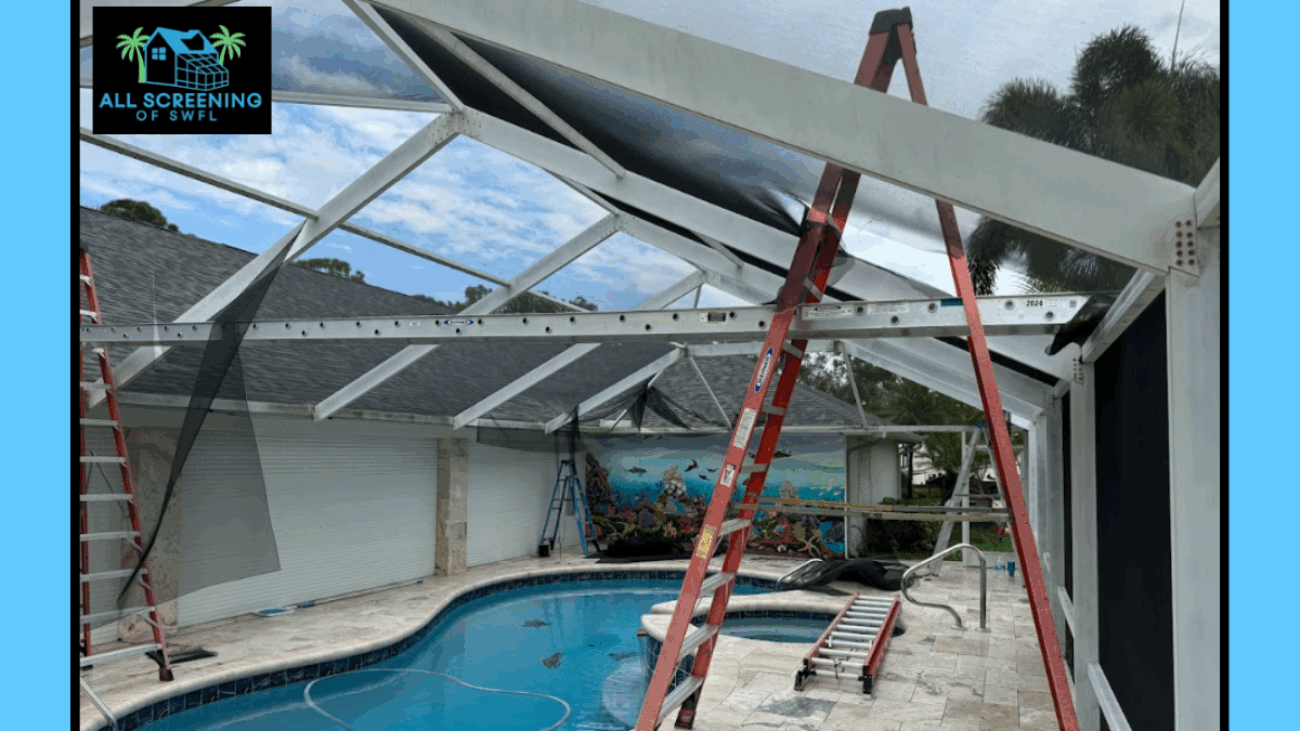Mold problems in Sarasota properties demand immediate, professional attention. With Florida’s subtropical climate creating ideal conditions for rapid mold growth, understanding who can legally and safely perform mold remediation protects both your property and your family’s health. This detailed guide explores the qualifications, regulations, and selection criteria for choosing mold remediation professionals in Sarasota, ensuring you make informed decisions during a stressful situation.
Who Is Qualified for Mold Remediation in Sarasota, FL?
The question of who handles qualified mold remediation Sarasota FL encompasses more than simply hiring someone who owns cleaning equipment. Legitimate mold remediation requires specialized knowledge of mold biology, proper containment techniques, safe removal procedures, and thorough decontamination protocols. Qualified professionals understand how different mold species behave, which materials can be salvaged versus those requiring removal, and how to prevent cross-contamination during remediation work.
Professional mold cleanup Sarasota services employ technicians trained in industry-standard protocols established by organizations like the EPA and IICRC. These specialists use scientific approaches to mold problems rather than surface-level cleaning that leaves underlying growth intact. They conduct comprehensive assessments using moisture meters, thermal imaging, and air quality testing to identify all affected areas, including hidden growth behind walls or under flooring.
Determining who is allowed to remove mold in Sarasota involves understanding both legal requirements and practical considerations. While Florida law permits property owners to address minor mold situations themselves, anything beyond small surface patches requires professional expertise. Insurance companies typically mandate professional documentation for claims, and improper remediation attempts can worsen problems by spreading spores throughout properties or failing to address moisture sources.
The most qualified professionals hold multiple credentials—state licenses, national certifications, and comprehensive insurance coverage—demonstrating their commitment to proper protocols and ongoing education. They also understand Sarasota’s unique challenges, from the area’s high humidity to specific building construction common in coastal Florida communities.
Florida Mold Remediation Requirements & Laws
Navigating Florida mold remediation laws ensures compliance and protects property owners from liability. Florida Statute 468.8411 created a comprehensive regulatory framework specifically addressing mold-related services. This legislation requires licensing for mold assessors and remediators working on projects exceeding 10 square feet, with separate requirements for assessment versus actual remediation work.
Sarasota mold remediation licensing follows state standards while incorporating local building code requirements. Licensed mold assessors must complete approved training programs covering mold science, assessment techniques, sampling protocols, and report preparation. They must pass state examinations demonstrating competency and maintain continuing education to keep licenses current. For remediators, separate licensing requires proof of technical knowledge regarding containment, removal techniques, and proper disposal procedures.
The regulations for mold removal Florida enforces include specific insurance requirements. Licensed professionals must carry minimum liability coverage of $1 million per occurrence, protecting property owners if problems arise during remediation. Workers’ compensation insurance is mandatory for companies with employees, ensuring injured workers don’t pursue claims against property owners.
Florida law also mandates separation of assessment and remediation for commercial properties and multi-family residential buildings. The same company cannot both assess mold problems and perform remediation on these projects, eliminating conflicts of interest and ensuring objective evaluation. However, residential properties with four units or fewer can use the same company for both services.
Post-remediation verification represents another regulatory requirement. Licensed assessors must verify successful mold removal through visual inspection and often air quality testing before projects receive final approval. This verification protects property owners and provides documentation for insurance claims or real estate transactions.
Certifications and Credentials to Look For
Identifying certified mold remediation Sarasota professionals requires understanding various credential types and their significance. The IICRC certification remains the industry’s most recognized credential. IICRC certified mold specialists complete intensive training in Applied Microbial Remediation Technician (AMRT) certification, covering mold growth mechanisms, health effects, assessment procedures, remediation techniques, and verification protocols.
NORMI certification provides another respected credential focused specifically on mold inspection and remediation. NORMI programs emphasize practical, hands-on training that prepares professionals for real-world situations common in Florida’s humid environment. These certifications require periodic renewal through continuing education, ensuring professionals maintain current knowledge as industry standards evolve.
The best mold remediation credentials combine national certifications with Florida state licenses. Look for contractors holding current MRSA (Mold-Related Services Assessor) or MRSR (Mold-Related Services Remediator) licenses. These state credentials require passing rigorous examinations and maintaining specified insurance coverage levels. License numbers should appear on company websites, business cards, and contracts, and you can verify license status through Florida’s online database.
Additional credentials worth considering include certification in water damage restoration through IICRC’s Water Damage Restoration Technician (WRT) program, as water damage frequently accompanies or causes mold problems. Indoor Air Quality Association (IAQA) membership demonstrates commitment to understanding broader air quality issues beyond just mold. Certification in specific remediation technologies—like hydroxyl generation, ozone treatment, or advanced drying systems—indicates investment in sophisticated remediation tools.
Always verify that credentials remain current. Expired certifications or lapsed licenses indicate insufficient commitment to professional standards. Request copies of certificates and licenses, and take time to verify their authenticity through issuing organizations’ websites.
Top Mold Remediation Companies in Sarasota, FL
Sarasota property owners benefit from access to several established companies offering comprehensive mold remediation services. The best mold remediation company Sarasota selection depends on factors including project size, property type, urgency, and specific service needs.
Top rated mold removal Sarasota FL companies distinguish themselves through several characteristics. They maintain 24/7 emergency response capabilities, understanding that mold situations often arise suddenly after water damage events. Their technician teams hold current certifications and participate in ongoing training programs. They invest in advanced equipment including industrial dehumidifiers, HEPA air scrubbers, thermal imaging cameras, and comprehensive moisture detection systems.
Local Sarasota mold experts bring valuable knowledge about area-specific challenges. They understand how barrier island properties face different moisture issues than mainland homes, recognize which local construction methods create mold vulnerability, and know how to navigate Sarasota’s building permit processes when structural repairs become necessary. Companies with longstanding Sarasota presence have established relationships with insurance adjusters, facilitating smoother claims processing.
The most reputable companies offer end-to-end services beginning with free or low-cost initial assessments. They provide detailed written remediation plans explaining all necessary work, create clear project timelines, and maintain transparent pricing structures. Many also offer reconstruction services, eliminating the need to coordinate multiple contractors for repairs following remediation.
Research companies thoroughly before hiring. Check Better Business Bureau ratings, read reviews across multiple platforms, and request local references from recent projects. Look for companies that readily answer questions, explain their processes clearly, and provide detailed contracts specifying all work to be performed.
How to Choose the Right Mold Remediation Professional
Mastering how to choose mold remediation Sarasota professionals protects you from substandard work and potential scams. Begin your search by compiling a list of licensed companies, which you can find through Florida’s DBPR website, local business directories, or referrals from restoration contractors, insurance agents, or real estate professionals.
Contact at least three mold contractor Sarasota candidates to schedule assessments. During initial consultations, evaluate professionalism, communication clarity, and willingness to answer questions. Ask about their experience with situations similar to yours—companies specializing in commercial work may lack expertise in residential properties, while those focused on minor cleanups might struggle with extensive infestations.
Request detailed information about their assessment process. Quality companies use multiple detection methods including visual inspection, moisture meters, thermal imaging, and air quality testing when appropriate. Beware of contractors who diagnose mold without proper inspection or who discourage independent testing—these may indicate attempts to either overcharge for unnecessary work or underestimate problems to win bids.
Reading mold removal Sarasota reviews requires critical evaluation. Look for patterns rather than individual complaints, as even excellent companies occasionally face dissatisfied customers. Pay attention to reviews mentioning professionalism, communication, thoroughness, and follow-through. Reviews describing companies honoring warranties or addressing concerns professionally indicate strong business practices.
Obtain written estimates from your top candidates. Legitimate estimates specify scope of work, materials to be used, project timeline, payment schedule, and warranty terms. Compare estimates carefully—the lowest bid often excludes services that others include, while the highest may not represent superior quality. Focus on value rather than price alone.
Verify insurance coverage by requesting Certificates of Insurance (COI) and contacting insurance providers directly to confirm coverage remains current. Check that policies cover both general liability and workers’ compensation at required levels. Also verify license status through Florida’s DBPR website rather than relying solely on company-provided documentation.
What to Expect During the Mold Remediation Process
Understanding the mold remediation process Sarasota companies follow helps you prepare your property and recognize quality workmanship. Professional remediation follows systematic protocols designed to eliminate mold completely while preventing spread to unaffected areas.
The process begins with comprehensive assessment. Licensed inspectors examine all potentially affected areas, use moisture meters to identify water sources, and may collect air or surface samples for laboratory analysis. This assessment produces a detailed scope of work identifying all necessary remediation steps.
What happens during mold removal starts with containment establishment. Technicians seal off affected areas using heavy plastic sheeting, close HVAC registers to prevent spore circulation, and set up negative air pressure systems that continuously filter air through HEPA filters. This containment prevents cross-contamination, protecting unaffected portions of your property.
The steps in Sarasota mold cleanup progress through removal of contaminated materials. Porous materials with heavy mold growth—drywall, insulation, carpeting, upholstered furniture—typically require disposal as they cannot be adequately cleaned. Technicians bag these materials in heavy plastic before transporting them through containment barriers to prevent spore release.
Non-porous and semi-porous surfaces receive intensive cleaning using HEPA vacuums, antimicrobial solutions, and antifungal treatments. Wood framing, concrete, and metal surfaces can usually be saved through proper cleaning, though severe contamination sometimes requires material replacement. Throughout cleaning, technicians continuously monitor moisture levels and adjust drying equipment to achieve proper humidity levels.
After physical remediation completes, professionals conduct post-remediation verification through visual inspection and often air quality testing. Only when verification confirms successful mold removal do they declare the project complete. Some situations require encapsulation—sealing cleaned surfaces with specialized paints or coatings that prevent any remaining microscopic mold from reestablishing.
A typical residential mold remediation takes 3-7 days from initial containment through verification testing. However, extensive projects or those requiring significant structural repairs can extend to several weeks. Emergency water extraction and initial containment often begin within hours of contact, minimizing mold growth potential.
DIY vs. Professional Mold Remediation
The DIY mold removal Sarasota versus professional debate hinges on project scope, your capabilities, and risk tolerance. Small surface mold patches (under 10 square feet) on non-porous surfaces might suit DIY treatment if you’re comfortable with proper safety precautions. These minor situations involve using commercial mold cleaners, wearing N95 respirators and gloves, ensuring adequate ventilation, and disposing of cleaning materials properly.
However, professional vs DIY mold Sarasota decisions should favor professionals in most circumstances. Mold growth behind walls, under flooring, in HVAC systems, or throughout crawl spaces requires professional equipment and expertise. Attempting DIY remediation in these situations often worsens problems by spreading spores without fully eliminating growth sources.
Safe mold cleanup Sarasota FL demands proper containment, which few homeowners can implement effectively. Without negative air pressure and HEPA filtration, disturbing mold colonies releases millions of spores throughout your property, potentially contaminating previously unaffected areas. Professionals understand which materials absolutely require removal versus those that can be salvaged, preventing unnecessary damage while ensuring complete remediation.
Health risks present compelling arguments against DIY approaches. Disturbing mold produces airborne spore concentrations far exceeding normal levels, triggering severe allergic reactions or respiratory distress in sensitive individuals. Some mold species produce mycotoxins that pose serious health threats, particularly dangerous for children, elderly individuals, pregnant women, or people with compromised immune systems. Professional remediators use full personal protective equipment including respirators, disposable suits, and gloves that provide protection unavailable in typical consumer safety gear.
Insurance considerations also favor professional services. Most policies require professional documentation for mold-related claims, and DIY attempts may void coverage or provide ammunition for claim denials. Professional remediation includes verification testing that demonstrates successful mold removal, protecting your investment and providing peace of mind.
Perhaps most importantly, professionals address underlying moisture problems causing mold growth. DIY cleaning might temporarily remove visible mold, but without correcting moisture sources, mold inevitably returns, often more extensively than before.
Costs of Mold Remediation in Sarasota, FL
Understanding mold remediation cost Sarasota FL helps you budget appropriately and recognize whether quotes represent fair value. Pricing varies dramatically based on affected area size, contamination severity, location accessibility, materials requiring replacement, and whether emergency services are needed.
The price for mold removal Sarasota starts around $500-$1,500 for small projects covering 10-30 square feet with minimal material removal. These limited remediations might address mold on bathroom tiles, small areas of ceiling staining, or surface growth on concrete foundations. However, most residential projects exceed these minimal sizes.
Medium-scale projects affecting 30-100 square feet typically cost $1,500-$3,500. These might include bathroom or kitchen mold extending through drywall, closet infestations, or small basement areas. Costs increase when affected areas include insulation, which requires complete removal and replacement, or when mold has penetrated wooden framing.
Large-scale affordable mold cleanup Sarasota projects exceeding 100 square feet generally cost $3,500-$10,000 or more. Extensive remediations might involve entire finished basements, multiple rooms, or HVAC system contamination requiring ductwork cleaning or replacement. Projects requiring significant structural repairs—replacing floor joists, roof sheathing, or wall studs damaged by long-term moisture exposure—can cost $15,000-$30,000 or exceed these ranges for severe situations.
Several factors influence final costs beyond square footage. Mold in crawl spaces, attics, or other difficult-to-access locations increases labor expenses significantly. Emergency services commanding rapid response typically carry 25-40% premiums above standard pricing, though the investment often prevents more extensive damage. Testing costs—typically $300-$1,000 for comprehensive air quality and surface sampling—may or may not be included in remediation quotes.
The type of affected materials dramatically impacts costs. Remediating mold on concrete or tile surfaces costs substantially less than addressing contaminated drywall, insulation, and carpet that require removal and replacement. Projects involving mold-damaged hardwood flooring, custom cabinetry, or finished woodwork involve higher costs due to expensive material replacement.
Reconstruction expenses following remediation vary widely. Simple drywall replacement and painting might add $1,000-$3,000, while extensive reconstruction including flooring, cabinetry, and fixtures can add $10,000-$50,000 or more to total project costs.
When evaluating quotes, focus on value rather than price alone. Extremely low bids often indicate missing services, inadequate insurance coverage, or unlicensed operators who cut corners. Request itemized estimates breaking down assessment, containment, removal, cleaning, disposal, verification testing, and any included repairs. This transparency enables meaningful comparison between quotes.
Preventing Mold Growth After Remediation
Successfully preventing mold Sarasota FL after professional remediation requires addressing environmental conditions that enabled original growth. Sarasota’s climate—with average relative humidity routinely exceeding 70% and frequent summer rainstorms—creates constant mold challenges requiring proactive management.
Humidity control forms the foundation of mold prevention. Maintain indoor relative humidity below 60%, ideally between 30-50%, through strategic dehumidification. Invest in quality dehumidifiers rated for your square footage, placing them in problem areas like basements, crawl spaces, and bathrooms. Modern whole-house dehumidification systems integrate with HVAC equipment, providing comprehensive humidity management throughout properties.
Strategies to stop mold returning Sarasota include vigilant moisture source management. Address roof leaks immediately upon discovery—Florida’s intense summer storms can suddenly create openings in aging roofing systems. Maintain gutters and downspouts, ensuring water discharges at least 6 feet from foundations. Verify proper grading directs surface water away from structures rather than pooling against foundations.


